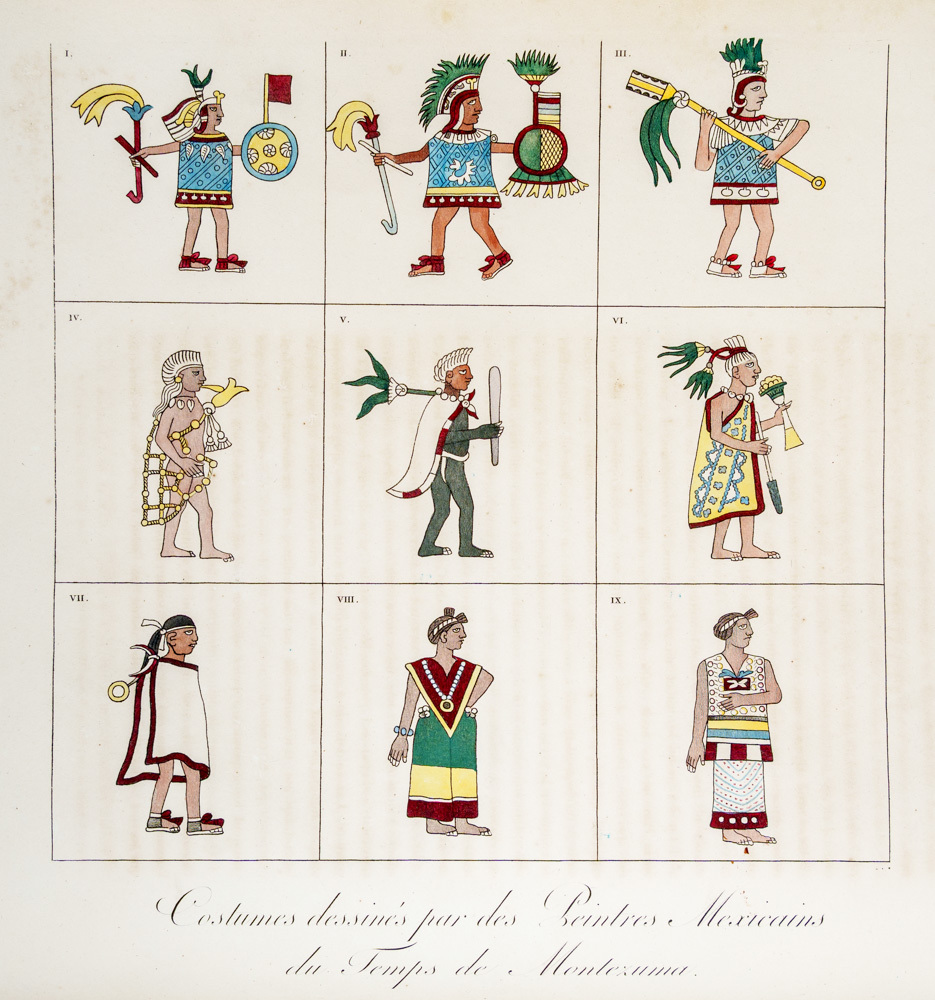
Alexander von Humboldt had a great interest in natural history and science. After university education at Frankfurt he went on to study at Gottingen where he made friends with Georg Forster (1754-1794) who had travelled with Cook on his second voyage to the Pacific 1772-1775. In 1790 the pair travelled to London where Humboldt was introduced to the Royal Society and Sir Joseph Banks and this further stimulated his interest in science and foreign lands. He later teamed up with the French naturalist Aime Bonpland (1773-1858) and the pair set off on a journey to Egypt and North Africa. However their circumstances changed and they finished up being sponsored by the King of Spain in 1799 on an expedition to collect botanical and mineral specimens and to explore further the Spanish possessions in the Americas.
They returned to Europe in 1804 and Humboldt shortly afterwards began publishing his findings in the massive Le voyage aux regions equinoxiales du Nouveau Continent in 30 volumes between 1807 and 1828. This was said to be the most expensive scientific book ever published. This RGSSA publication Voyage de Humboldt and Bonplan published in 1810 is thought to be an early summary edition perhaps aimed at promoting the sales of the much larger complete edition. It is a luxury publication with gilt edging and calf binding and is one of very few publications in the RGSSA collection that relates to this period in South America.